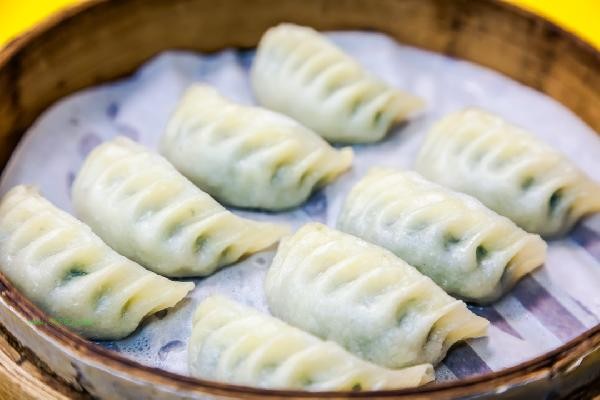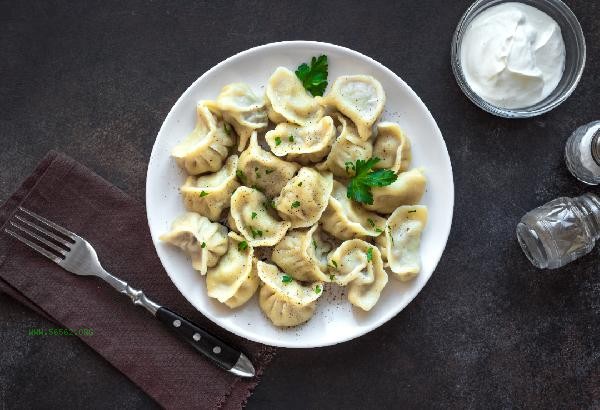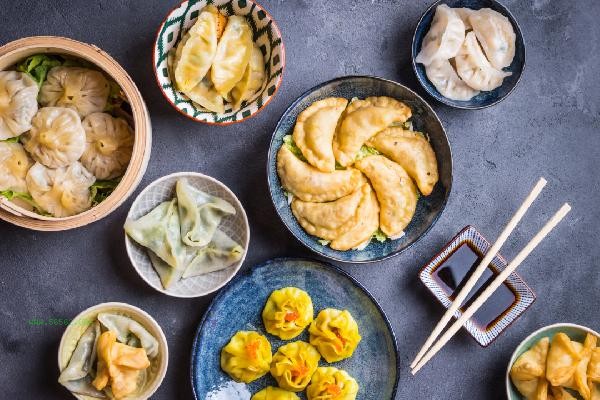Freezing dumplings and boiling them directly in boiling water can easily break the skin. It is recommended to thaw them first or put them in cold water. The key methods for cooking frozen dumplings include controlling the water temperature, adjusting the water volume, adding ingredients, controlling the heat, and observing the state.

1. Control water temperature
The outer skin of frozen dumplings becomes brittle due to low temperature, and is prone to cracking when suddenly exposed to boiling water. You can thaw the dumplings at room temperature first, wait for the surface ice crystals to melt, and then put them into slightly boiling water. If time is tight, you can also choose to put cold water in the pot, allowing the water temperature to rise synchronously with the dumplings, reducing the impact of temperature differences. When the water temperature rises to around 80 degrees, adjust it to medium heat to avoid violent boiling and collision damage.
2. Adjust the water volume
The amount of water used to cook dumplings should exceed three times the volume of the dumplings to ensure sufficient room for rolling. Insufficient water can lead to the accumulation and adhesion of dumplings, increasing the probability of skin breakage. It is recommended to use a deep pot and gently stir the water flow to form a vortex before cooking to help the dumplings naturally disperse. During the cooking process, hot water can be added as appropriate to maintain temperature stability.
3. Adding excipients
Adding a small amount of salt or cooking oil to water can enhance the toughness of dumpling skins. Salt can promote gluten protein cross-linking, and oil film can reduce direct friction between the skin and water. In traditional methods, adding a few drops of white vinegar or scallion ginger water can prevent sticking to the pot and enhance the flavor. Be careful not to add too much auxiliary materials to avoid affecting the original flavor of the dumplings.

4. Control the heat
It is safest to keep the heat low and medium throughout the cooking process. When boiling too vigorously, it is necessary to promptly add cold water to cool down. The cooking time for frozen dumplings is longer than that for freshly made dumplings, usually taking 8-10 minutes. During the process, use a wooden spatula to gently push the bottom of the pot to prevent sticking, and the movement should be gentle to avoid puncturing. After all the dumplings float up, cover and simmer for half a minute to ensure that the filling is fully cooked.
5. Observation Status
High quality frozen dumplings have a semi transparent outer skin after cooking, with the filling color faintly visible. If individual dumplings are found to be damaged, they should be immediately removed to prevent starch from seeping out and affecting the soup. The maturity can be judged by three points: the dumpling belly is bulging without indentation, the skin and filling are elastic when separated, and there is no ice crystal residue when bitten open. After cooking, use a strainer to scoop out and reduce mechanical damage.

When cooking frozen dumplings in daily life, ingredients such as seaweed and shrimp can be used to increase nutrition, but attention should be paid to controlling sodium intake. For those with weak gastrointestinal function, it is recommended to choose steaming method. Using cabbage leaves as a base can prevent sticking to the steamer. Frozen dumplings stored for more than three months may suffer from frostbite. Check for cracks or discoloration before cooking. Develop the habit of regularly cleaning the refrigerator and keeping dumplings stored in a constant low temperature environment.








Comments (0)
Leave a Comment
No comments yet
Be the first to share your thoughts!